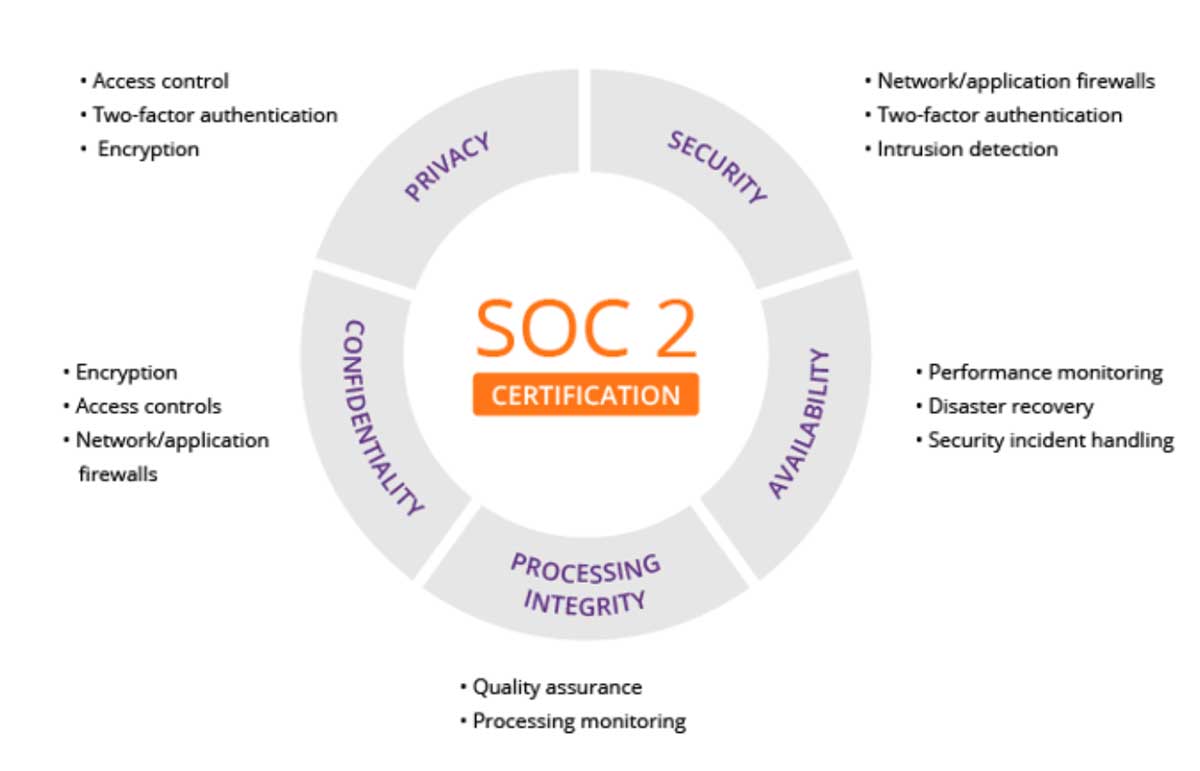Help Us Fight Lung Cancer
Highly curated medical images and strong indications for ground truth are at the heart of accurate computer vision algorithms. With this in mind, have formed a contributory data consortium that tracks patients longitudinally, The Lung Cancer Network™, or TLCN. The end result will be algorithms that combine evidence for millions of data points across a diversity of practice locations, like yours, to become the standard of care.
How can we participate in the TLCN?
Health care systems, hospitals, radiology practices, and imaging centers can participate by contributing data to the TLCN. To minimize impact on your IT resources, we will assign a integration team to help extract and de-identify data from your Picture Archiving and Communication System (PACS) and Electronic Medical Record (EMR).
How can we participate in the TLCN?
First and foremost, it is about your patients and providing the top-notch healthcare that they deserve. In addition, participating institutions will receive the following benefits:
- A 6-month retrospective assessment of your radiographic reads that identifies cases where lung nodules are overlooked. Your nurse case manager will be able to re-identify the cases to schedule follow up CT scans, thereby increasing the radiological procedure volume and ultimately identifying patients where lung cancer treatment is medically necessary.
- A complimentary subscription to our VisiRad computer vision service for a period of 1 year after FDA clearance (planned June 2021). Your subscription can be used for three purposes: (1) to provide real-time notification of overlooked nodules, (2) to meet Joint Commission quality requirements, and (3) to mitigate exposure to medical malpractice claims arising from missed diagnosis.
- Reimbursement of costs associated with extracting data out of your PACS and EMR.
- Limited access to our contributory database for the purpose of conducting independent research.
- Public attribution in medical journals and other publications of results of research conducted on the contributory database.
What do we need to do to participate?
We will assign an integration team to your institution to work with your IT department to extract the contributory data from your PACS and EMR. The data will include:
- Radiographs
- CT scansTo establish a strong basis for ground truth and to track cancer progression longitudinally, we will also:
- Index your radiographs and CT scans for lung cancer findings from your radiology and pathology reports.
- Extract lung cancer diagnostic and treatment indicators from your EMR.
patient privacy and security
We maintain patient privacy by de-identifying all data before it leaves your data center. Data will be certified as de-identified by an independent privacy auditor. US institutions will have privacy auditor with HIPAA credentials and EU institutions will have GDPR credentials. For the purpose of de-identification, accession numbers and medical record numbers will be encrypted. The host institution will maintain a confidential private key to re-identify encrypted accession numbers where needed.
All de-identified data will be stored in a SOC-II compliant data center that includes two-factor authentication, actively monitored firewalls, and limited access to only authorized, security cleared personnel.

